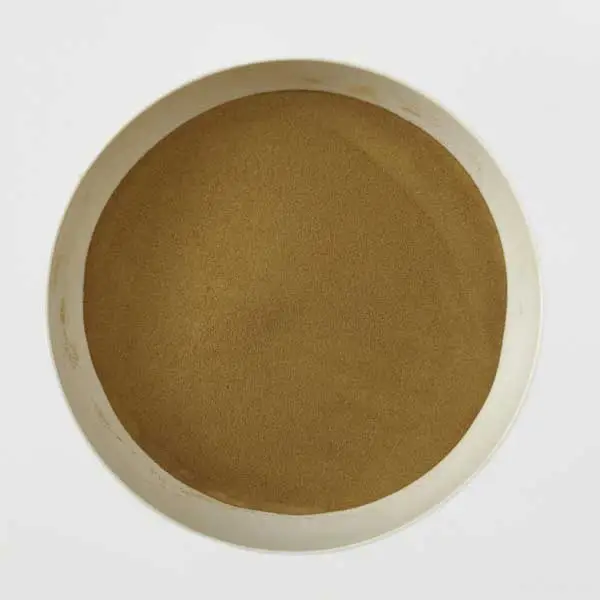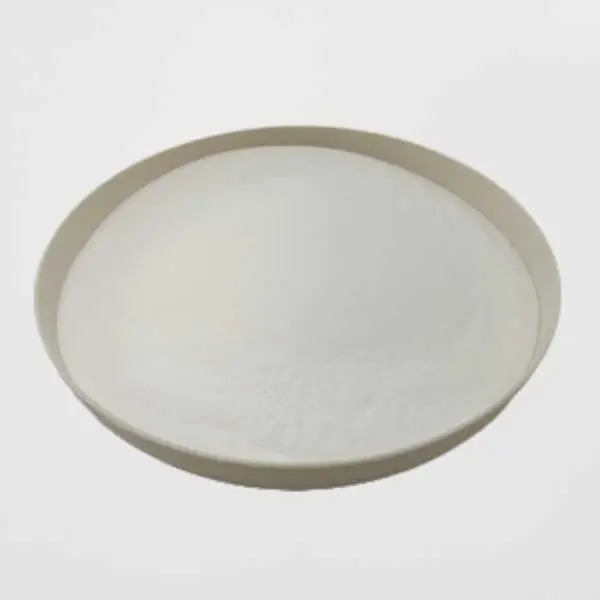Sulfonated Melamine Formaldehyde (SMF) is a versatile chemical compound with unique properties that make it indispensable in various industries. Below are detailed examples of how SMF is utilized in high-rise construction, textile manufacturing, and industrial coatings, showcasing its versatility and effectiveness.
1. SMF in High-Rise Construction
SMF is widely used as a superplasticizer in concrete formulations, particularly in high-rise construction projects where strength, durability, and workability are critical.
Examples:
SMF-based superplasticizers were used in the concrete mix to achieve the high strength and workability required for constructing the world’s tallest building. The addition of SMF allowed for a low water-cement ratio, enhancing the concrete’s compressive strength and durability while maintaining its flowability during pumping to extreme heights.
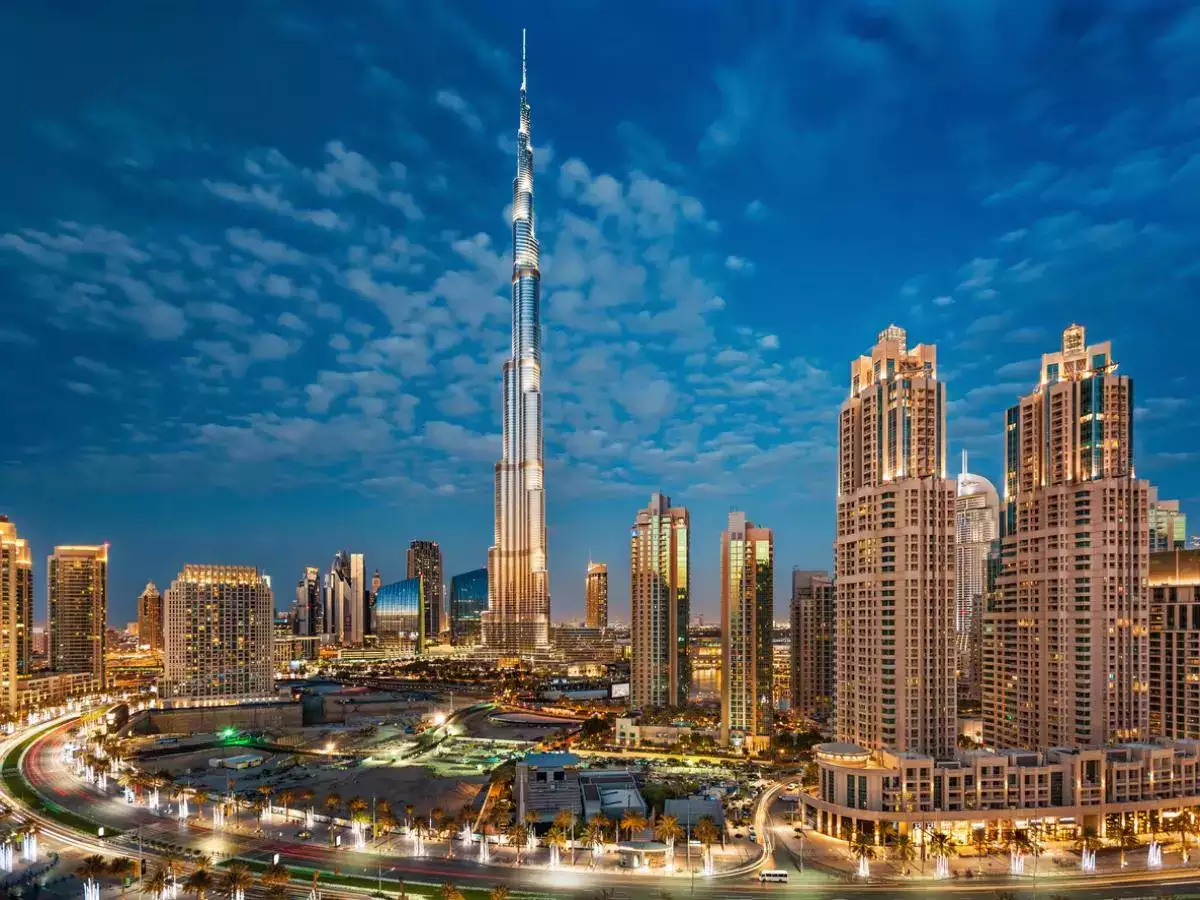
In this iconic skyscraper, SMF was used to improve the concrete’s performance under high pressure and temperature variations. The superplasticizer ensured that the concrete could be pumped to great heights without segregation or loss of workability, contributing to the tower’s structural integrity.
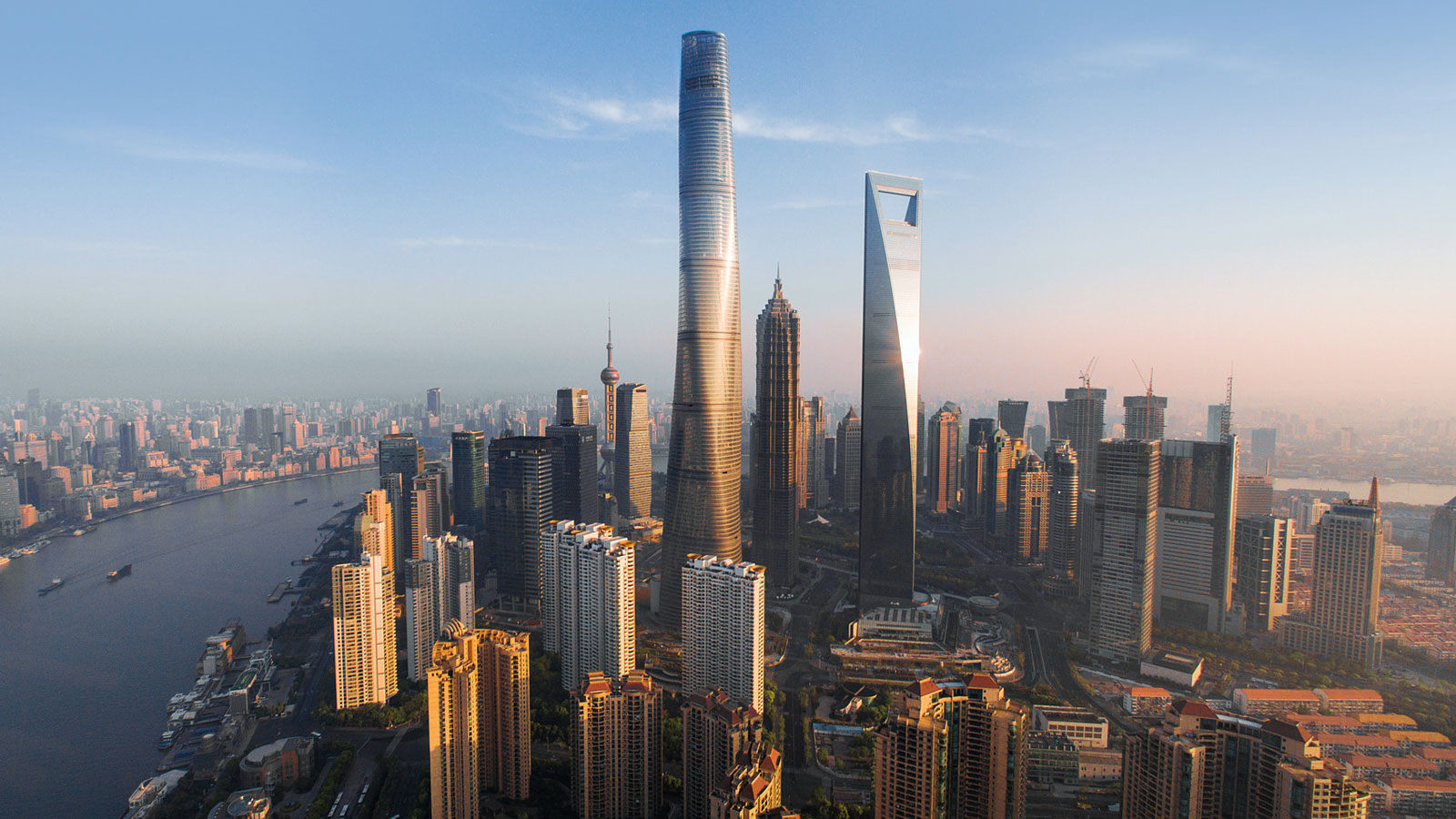
One World Trade Center, New York:
SMF was incorporated into the concrete mix to enhance its resistance to cracking and improve its long-term durability. The use of SMF allowed for the efficient placement of concrete in the complex structural elements of the building.

Benefits in High-Rise Construction:
Reduces water content in concrete without compromising workability.
Enhances pumpability, enabling concrete to be transported to greater heights.
Improves strength, durability, and resistance to environmental factors.
2. SMF in Textile Manufacturing
In the textile industry, sulfonated melamine formaldehyde is used as a finishing agent to improve fabric quality, durability, and functionality.
Examples:
Wrinkle-Resistant Fabrics:
SMF is applied to cotton and polyester blends to create wrinkle-resistant fabrics. For instance, brands producing formal wear and uniforms use SMF-treated fabrics to ensure garments maintain their shape and appearance after washing and wearing.
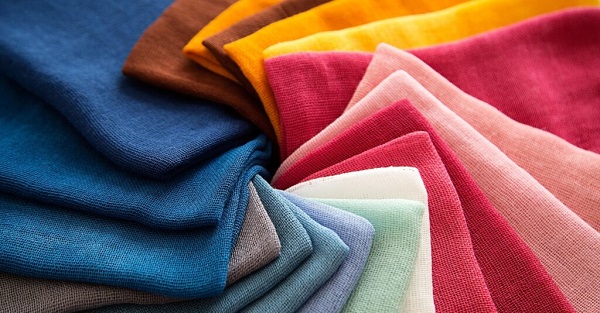
Flame-Retardant Textiles:
SMF is used in the production of flame-retardant fabrics for protective clothing, curtains, and upholstery. For example, firefighter uniforms and industrial workwear often incorporate SMF-treated textiles to enhance safety.
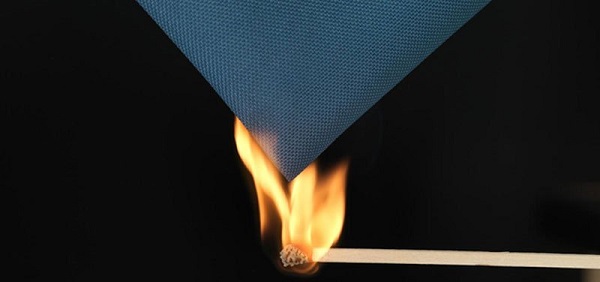
Outdoor apparel brands use SMF to treat fabrics for water repellency. This application is common in raincoats, tents, and outdoor gear, where moisture resistance is essential.
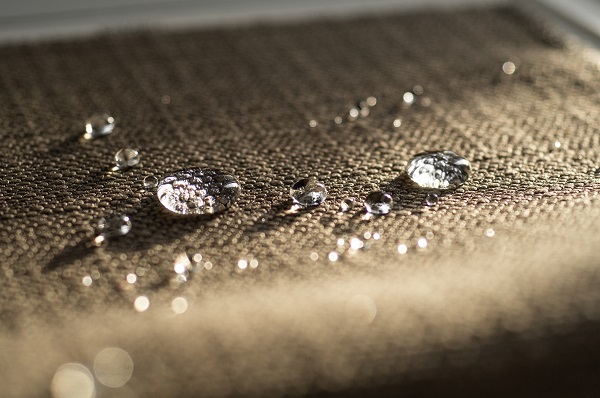
Benefits in Textile Manufacturing:
Improves fabric strength and durability.
Enhances functional properties like wrinkle resistance, flame retardancy, and water repellency.
Reduces fabric shrinkage and improves dimensional stability.
3. SMF in Industrial Coatings
SMF is a key component in industrial coatings, where it acts as a dispersant and stabilizer, improving the performance and application of coatings.
Examples:
SMF is used in automotive paints to improve pigment dispersion and ensure uniform color application. It also enhances the coating’s adhesion to metal surfaces, providing better corrosion resistance and durability.
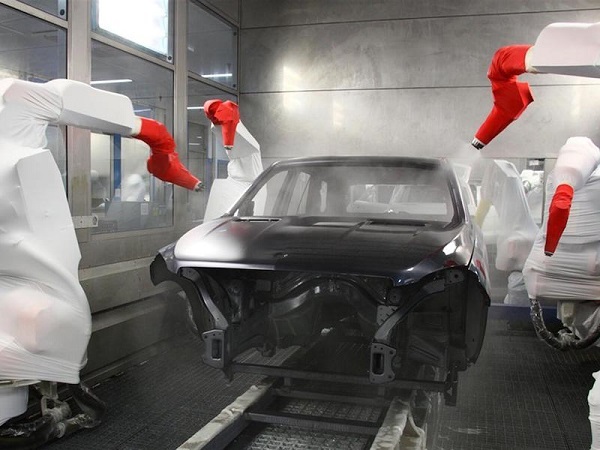
Protective Coatings for Steel Structures:
In industrial settings, SMF-based coatings are applied to steel structures, such as bridges and pipelines, to protect against corrosion and environmental damage. For example, the coating used on the Golden Gate Bridge incorporates SMF to enhance its longevity and resistance to saltwater exposure.
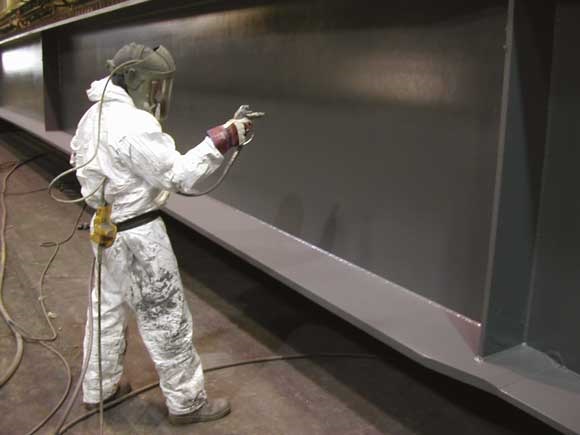
Decorative Paints and Varnishes:
SMF is used in decorative paints to improve flowability and reduce brush marks. It also enhances the coating’s resistance to scratches and abrasions, making it ideal for high-traffic areas like floors and walls.

Benefits in Industrial Coatings:
Improves pigment dispersion and color consistency.
Enhances adhesion, durability, and resistance to environmental factors.
Reduces viscosity, making coatings easier to apply.
Conclusion
Sulfonated Melamine Formaldehyde (SMF) plays a critical role in high-rise construction, textile manufacturing, and industrial coatings, offering unique benefits that enhance performance, durability, and functionality. From enabling the construction of iconic skyscrapers to improving the quality of everyday textiles and coatings, SMF continues to prove its value across industries. As technology advances, the applications of SMF are expected to expand further, driving innovation and sustainability in these fields.

 English
English 









